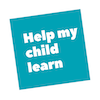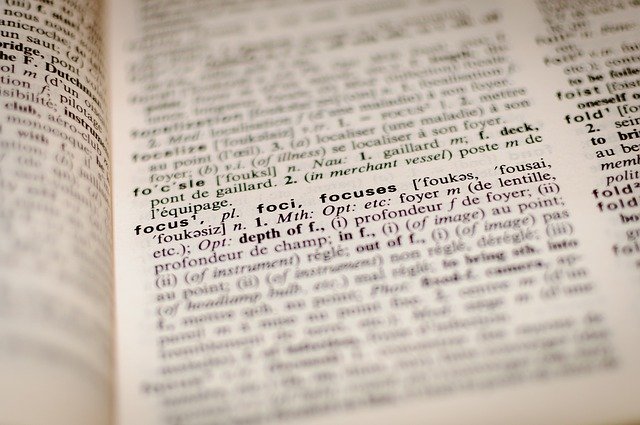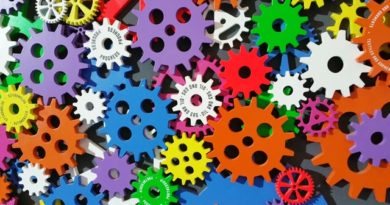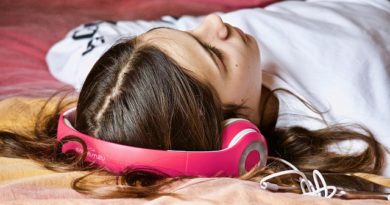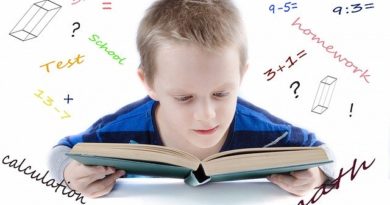Glossary of Terms
We introduce many words in this website that might be new to you, so this post contains a glossary. Please do us a favor! If you don’t see a term, or if something isn’t described clearly, leave us a comment and we’ll fix it.
It’s important that you be able to use the tools that we’ve created and we really appreciate any feedback you may have!
In addition to our glossary, here is a list of key terms to use when discussing special education, from the Center for Parent Education and Resources.
Also, the Understood website has a glossary of terms.
And the Wrightslaw website, which explains how parents can navigate special education law, has a full glossary here.
Glossary of Terms
ADHD—A medical term, meaning that a patient has two conditions at the same time.
Assistive Technology—Technology that helps a child with LD think or complete their work. Many different items or software can be considered AT, including
Auditory memory—A form of short-term memory in which information is heard, processed, stored, and then remembered and used.
Auditory organizational and sequencing skills—The ability to understand and remember the order of words, for example in a sentence.
Auditory processing disorder—A condition in which a child has trouble turning sound that they hear into meaning. Called APD and sometimes, Central auditory processing disorder, the condition makes it difficult to accurately hear and comprehend languages and directions. See also What’s Inside of Auditory Processing Disorder.
Automaticity—The ability to do an action as an automatic response, without having to actively think through the steps involved in it.
Bilateral integration—A developmental stage, where a child learns to use both sides of the body together in a coordinated fashion. Used when tying shoes or buttoning.
Comorbidity—A medical term, meaning that a patient has two conditions at the same time.
Convergence—A vision disorder in which the eyes don’t work together. Sometimes called “eye teaming.” Shows up when looking at items close to the face, when the eyes need to converge on a subject.
Dysgraphia—A medical term, meaning that a patient has two conditions at the same time.
Dyslexia—A medical term, meaning that a patient has two conditions at the same time.
Expressive language—The ability to communicate clearly with language. Includes labeling, describing events, forming sentences, using grammar, answering questions, and re-telling stories.
Fine motor skills—The ability to coordinate the eyes and the hands. Includes writing, cutting, tying shoes.
Gross motor skills—The ability to perform large movements of the body, such as running, jumping, and crawling.
Grouping—Trouble understanding that a number (for example, three), applies to any group of three. Problems recognizing groups of three.
Impulse control—The ability to consciously inhibit actions. Also called self-control. Every toddler lacks impulse control. Impulse control grows with maturity, and exercises and therapy can help to develop it.
Integrate—Simple skills are said to develop separately and independently, but are later integrated, or combined into, more complex skills. Integrate is also the process by which the brain collects different types of inputs and combines them.
Internal idea of time—The internal “feeling” for how long five minutes is, and the difference between how long five minutes and a half hour feel, for example.
Language processing—How the brain understands what you hear, and assembles what you want to say.
Neuroplasticity—The brain’s ability to change and adapt by forming new neural connections and changing throughout life. Neuroplasticity is involved when a brain compensates for injury, or learns new actions in response to new situations.
Number sense—Ability to see immediate difference in amounts. For example, which is bigger: a group of three, or a group of five?
Organization of written language—The ability to organize information in memory and retrieve it, the ability to think in a structured fashion, and the ability to create outlines, and output, whether through handwriting or typing.
Pathway to Success—We have identified the processes, or pathways, that parents follow in order to help their children. We tell you how to accomplish the goal, and we give you information, tools, and advice that can help you succeed.
Phonological awareness and skills—The ability to hear sounds that make up words. Includes perceiving rhymes, identifying words that start with the same sound, pointing out smaller pieces of words, and being able to add a letter to create another word.
Phonological sounds—A phonological sound is also called a phoneme. It’s a distinct unit of sound in speech. Phonemes string together to make words.
Pragmatic language—The social language that we use to interact with people around us, including both verbal and nonverbal rules. Includes things like how to phrase things, how to position the body, understanding body language and tone. Also called social skills, these skills can be taught. Many LD children need help with social skills.
Processing—The ability of the brain to take in information, reach some judgment on what to do about the information, and then take action. Processing can apply to any type of input.
Proprioception—This sense tells the brain information about where the body is in space. It is involved when we move our limbs without looking at them. An immature proprioceptive sense can result in problems sitting still. Many LD children have problems with proprioception, which can be developed by doing exercises and working with an occupational therapist.
Self-organization—The ability to know where schoolwork is and to retrieve it when necessary. Also used to describe the ability to structure different types of information or pieces of schoolwork, as part of knowing where to start working.
Self-regulation—One of the core strengths of healthy emotional development, the ability to deal with challenging situations in an age-appropriate fashion. Includes tolerating a bit of discomfort or frustration, self-soothing, dealing with transitions, and appropriately controlling emotions and activity levels.
Sequencing—The process of putting events, ideas, and objects in a logical order. Sequencing is a necessary skill for learning counting or the alphabet, being able to prioritize, and being able to follow directions. In math, this might be associated with problems remembering facts and formulas.
Sensory system—The sensory system is responsible for receiving and processing sensory information from the world around you. It includes sensory receptors for vision, hearing, touch, taste, smell, balance, and more. Includes neural pathways, and sensory perception parts of the brain.
Social skills—See “Pragmatic Language,” above.
Sorting—The ability to organize items by size, shape, or other characteristics.
Sound localization—The ability to identify where a sound comes from.
Symbol recognition—Ability to identify and remember symbols, to tell the difference between different symbols, and to tell if a symbol is backwards.
Task switching—The ability to switch between different tasks smoothly, without forgetting what you are doing.
Time awareness and management—Common challenge for many LD children. The ability to identify and estimate how long a task will take, and then accomplish the task within the allotted amount of time. Time management skills can be taught.
Tracking—The ability to follow something with the eyes, such as a finger drawing in the air, or a sentence. This is one of the visual fine motor skills that can be improved by working with a developmental optometrist, as described in Appendix C, “The Whole-Child Diagnostic Approach.”
Verbal self-instruction—Dr. Russell Barkley, ADHD specialist, talks about the importance of internal language, also called “the mind’s voice,” and ADHD. He maintains that children with ADHD are delayed in developing the ability to talk themselves through situations.[i] Verbal self-instruction skills can be taught.[ii]
Vestibular—The vestibular system determines body balance and movement. The vestibular sense organs are located in the inner ear, and include three semicircular canals, which detect gravity and linear movement. It can be difficult to stand upright or to sit still if the vestibular sense is underdeveloped. Occupational therapy can help to develop this sense.
Visual fine motor—Another term for visual problems that can interfere with reading and education. Includes lazy eye, convergence problems, tracking problems, and so forth. See Appendix C for more information on vision therapy.
Visual-spatial—The ability to see things and relate them to their location, or to distinguish between objects. Can affect motor skills and classroom performance. Occupational therapy can help develop this skill.
Working memory—Also called short-term memory. Stores information that you’re currently using. For example, you hold a question in your mind as you turn the page looking for an answer. There are several types of working memory: auditory, visual-spatial, and motor. Working memory increases naturally up until age 12, and can be exercised. The Mislabeled Child, by Brock Eide, M.D., M.A., and Fernette Eide, M.D., is the best reference book to inform you about working memory structure.
